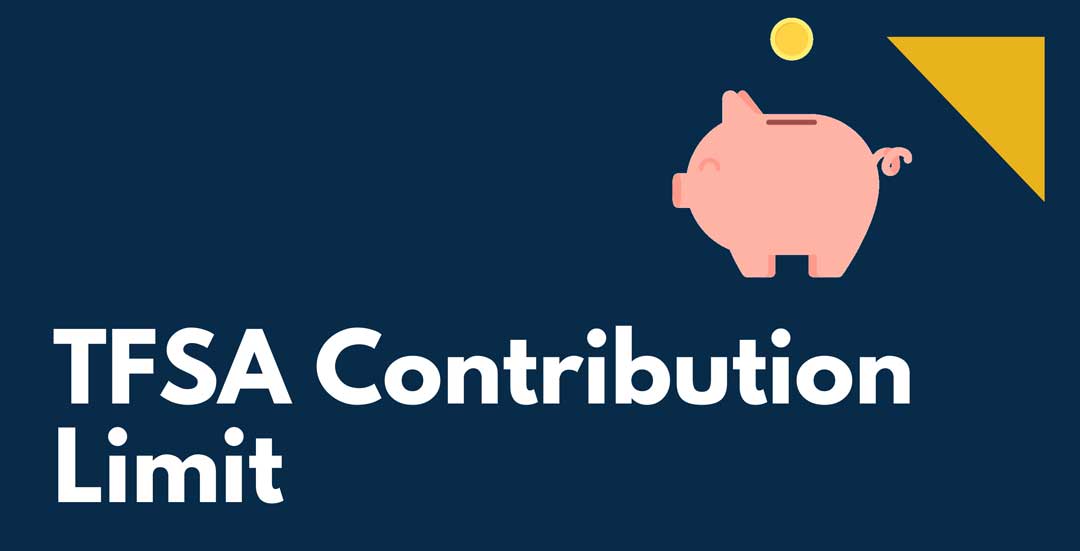
The TFSA new contribution limit for 2021 has been officially released. That limit is $6,000, matching the amount set in 2019 and 2020.
With this TFSA dollar limit announcement, the total contribution room available in 2021 for someone who has never contributed and has been eligible for the TFSA since its introduction in 2009 is $75,500.
The annual TFSA dollar limit is indexed to inflation and rounded to the nearest $500. The Canada Revenue Agency’s indexation increase in 2021 is 1.0%.
For clients who have withdrawn from TFSAs, their crystallized gains and losses from withdrawals are factored into their TFSA room. The formula is:
Unused TFSA contribution room to date + total withdrawal made in this year + next year’s TFSA dollar limit = TFSA contribution room at the beginning of next year
Here are the dollar amounts by year:
| For 2009, 2010, 2011, and 2012: | $5,000 |
| For 2013 and 2014: | $5,500 |
| For 2015: | $10,000 |
| For 2016, 2017, and 2018: | $5,500 |
| For 2019, 2020 and 2021 | $6,000 |
Anyone 18 or older and who has a valid social insurance number is eligible to open a TFSA. The contribution room accumulates beginning in the year in which a person turns 18.
While contributions to a TFSA are not tax-deductible, withdrawals are tax-free. Money withdrawn from a TFSA in a future year can be used to make a down payment on a home or purchase a car, for example.
“If [the TFSA holder’s] tax rate is higher at that time, they realize a benefit accessing tax-free income from their account as opposed to having to pull out taxable income [as from an RRSP],” George said.
Here is the TFSA lifetime contribution room for individuals who have never made a TFSA contribution, for 2020 and 2021, based on age.
| Year individual turned 18 | Total unused contribution room in 2020 | Total unused contribution room in 2021 |
| 2009 or earlier | $69,500 | $75,500 |
| 2010 | $64,500 | $70,500 |
| 2011 | $59,500 | $65,500 |
| 2012 | $54,500 | $60,500 |
| 2013 | $49,500 | $55,500 |
| 2014 | $44,000 | $50,000 |
| 2015 | $38,500 | $44,500 |
| 2016 | $28,500 | $34,500 |
| 2017 | $23,000 | $29,000 |
| 2018 | $17,500 | $23,500 |
| 2019 | $12,000 | $18,000 |
| 2020 | $6,000 | $12,000 |
| 2021 | 0 | $6,000 |
Federal tax bracket thresholds for 2021
- The 33.0% tax rate begins at taxable income of over $216,511, up from $214,368 in 2020.
- The 29.0% tax rate begins at taxable income of over $151,978, up from $150,473 in 2020.
- The 26.0% tax rate begins at taxable income of over $98,040, up from $97,069 in 2020.
- The 20.5% tax rate begins at taxable income of over $49,020, up from $48,535 in 2020.
- Income below $49,020 is taxed at 15.0%.
The basic personal amount for 2021 is $13,808 for taxpayers with a net income of $151,978 or less. At income levels above $151,978, the basic personal amount is gradually clawed back until it reaches $12,421 for a net income of $216,511.
Source: Advisor’s Edge
Newsletters
No Results Found
The page you requested could not be found. Try refining your search, or use the navigation above to locate the post.
Events & Sponsorship
No Results Found
The page you requested could not be found. Try refining your search, or use the navigation above to locate the post.
Articles & Publications
Nearly a million Canadian bank records sent to IRS
Number of government transfers of records of bank accounts held by Canadian residents to U.S. has been rising The Canada Revenue Agency sent 900,000 financial records belonging to Canadian residents to the Internal Revenue Service in September — nearly a third more...
Basics of Sales Tax
Basics of Sales Tax The GST/HST and QST are governed by a complex set of rules and regulations as set out by the excise tax (ETA). This article is a good starting point to understanding these rules.Fundamental terms for the sales tax Basic Charging Provision...
Do I Need to Charge GST/HST?
Do I Need to Charge GST/HST? Just started your own business? Congrats and welcome to the world of being your own boss! According to Statistics Canada, you can now count yourself among the other 2.7 million Canadians who are living the self-employed dream.If...
Notice of Assessment, Notice of Reassessment, Request for Information and Audit
Notice of Assessment, Notice of Reassessment, Request for Information and Audit. If you’ve just opened your mailbox and have a notification from the Canada Revenue Agency’s MyAccount, don’t be intimidated. Here’s what you need to know about the different types...
The Real Cost of Missing the April 30 Tax Deadline
The Real Cost of Missing the April 30 Tax Deadline We know, life gets hectic, and it can be easy to forget an appointment or deadline here and there, but, it’s best not to forget to file your taxes on time, especially considering that the Canada Revenue Agency...